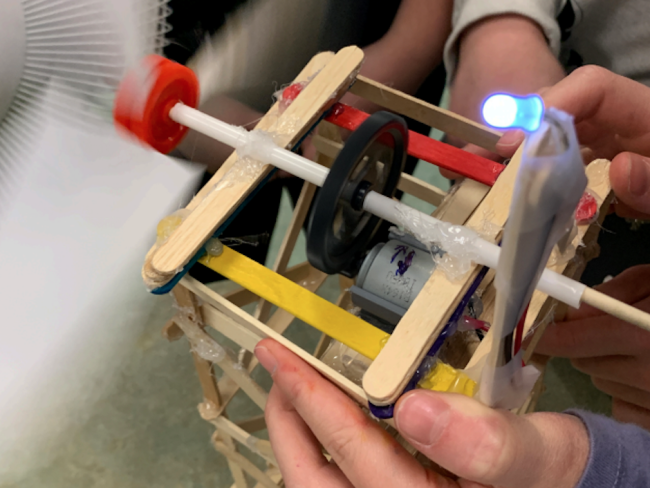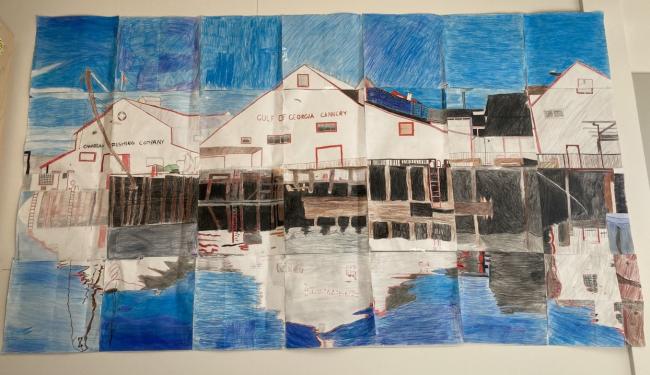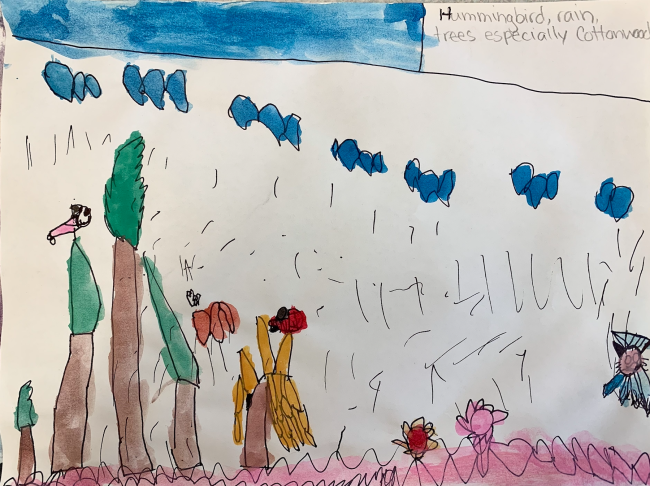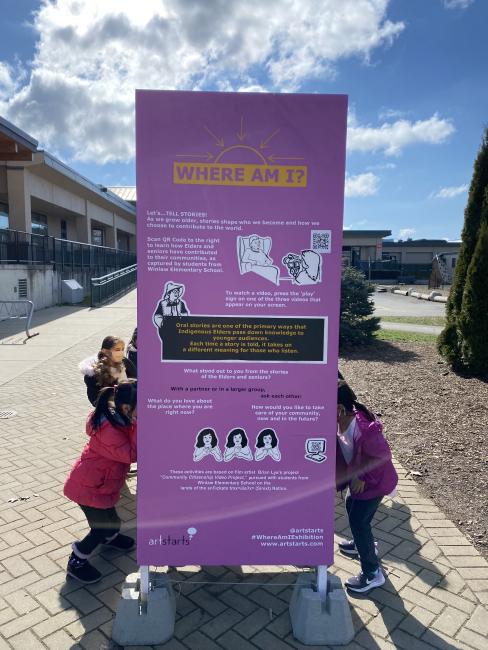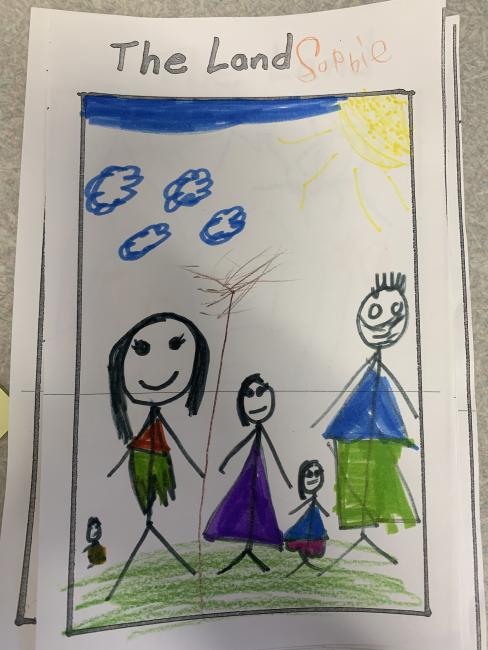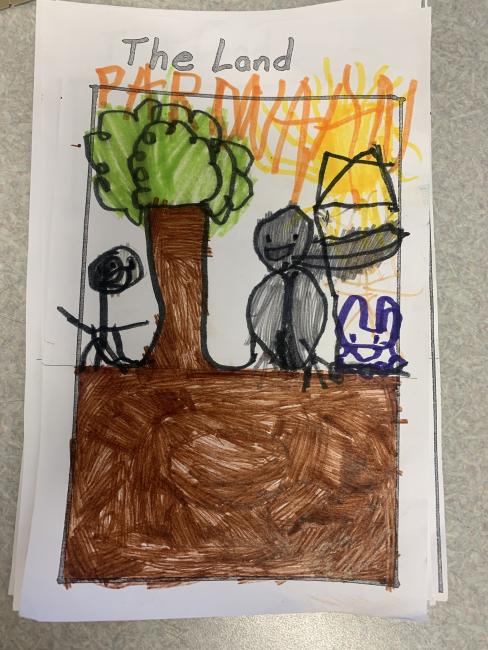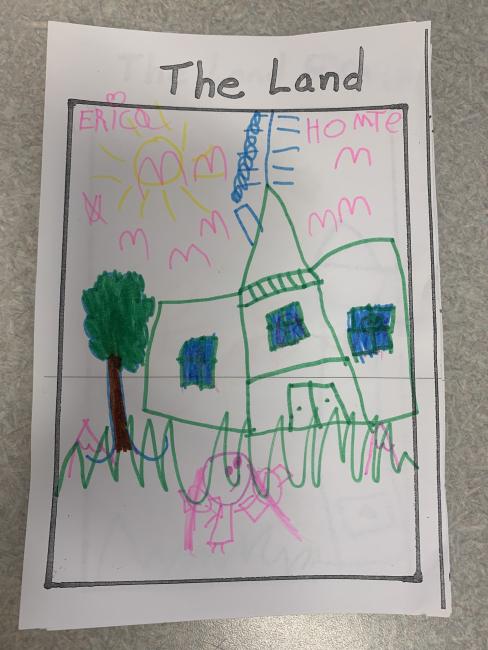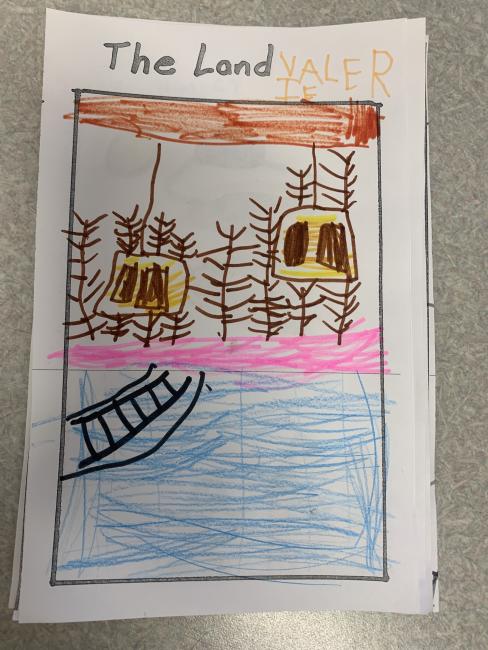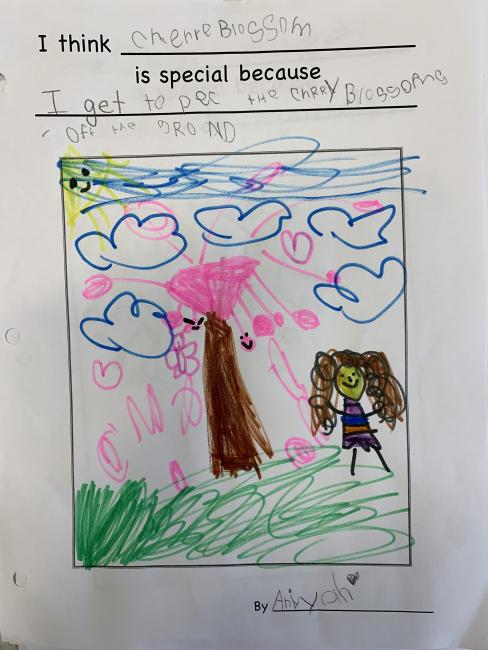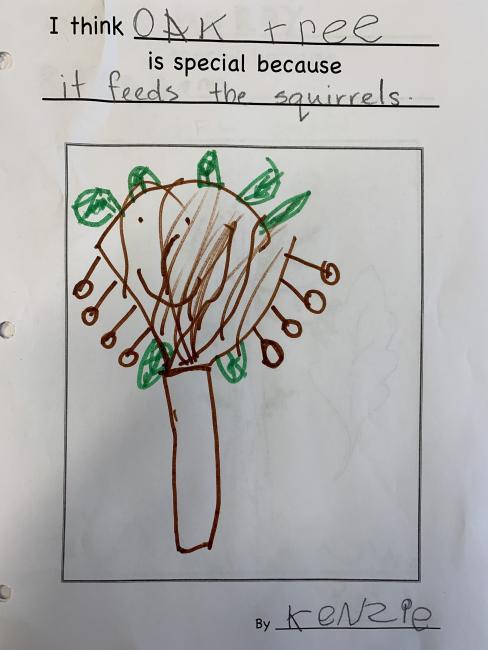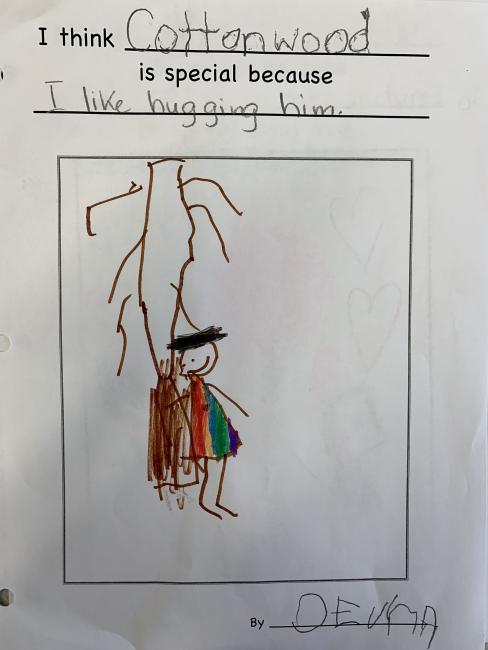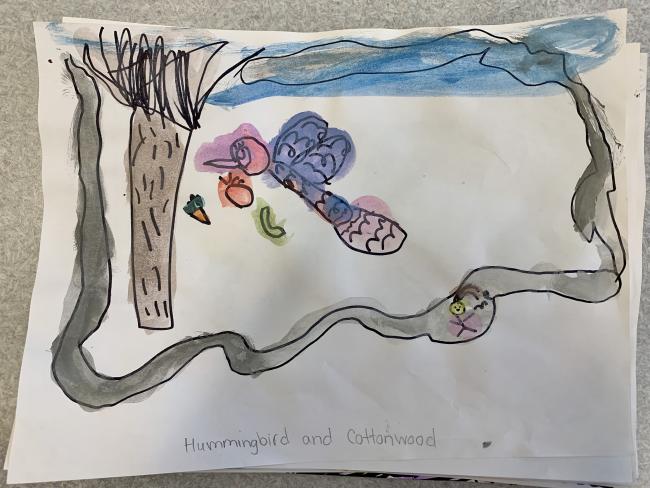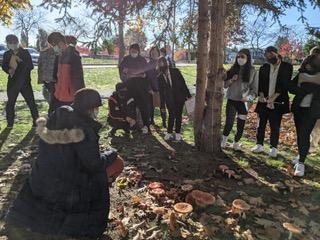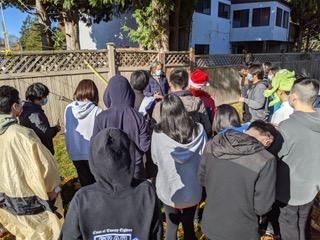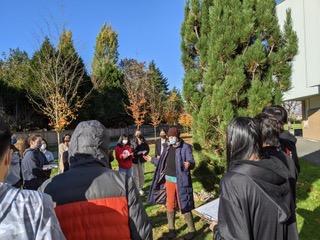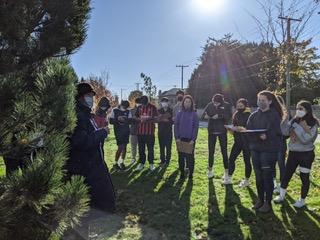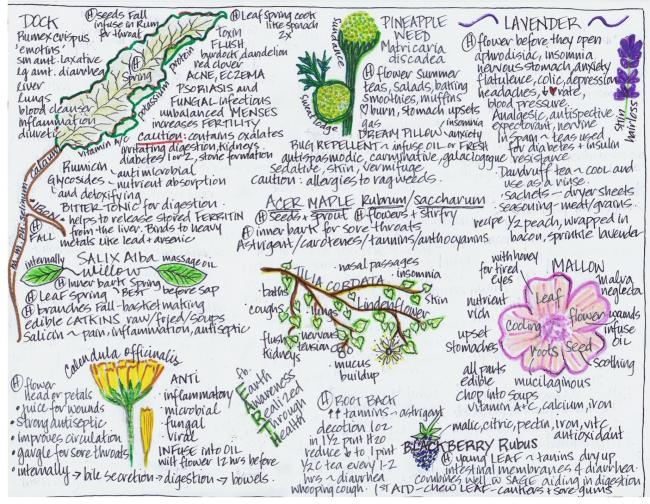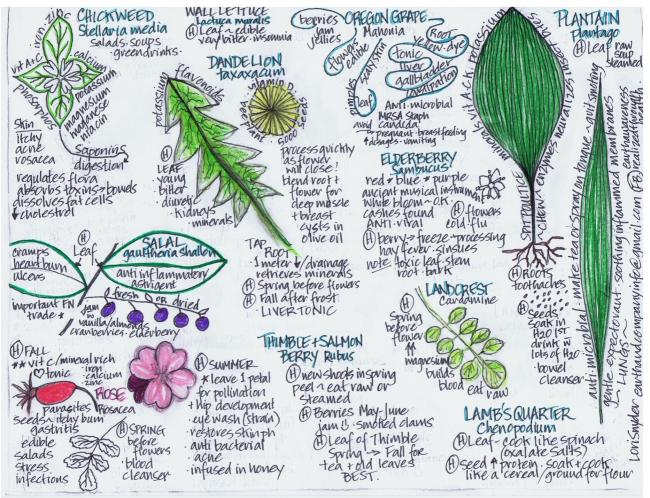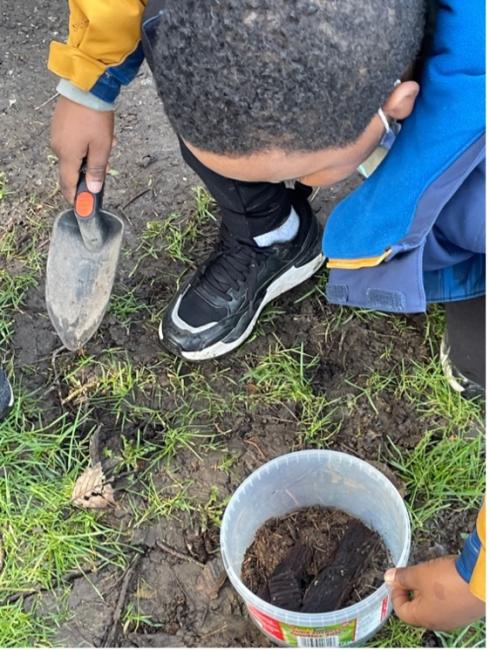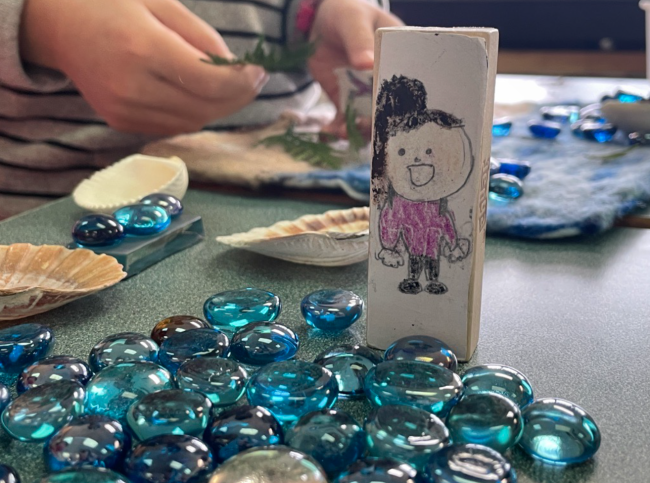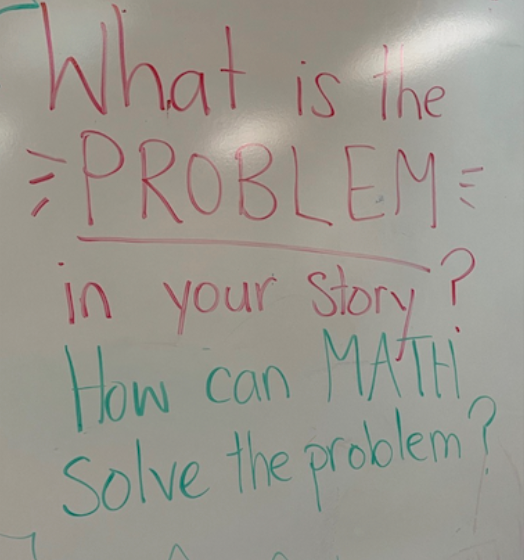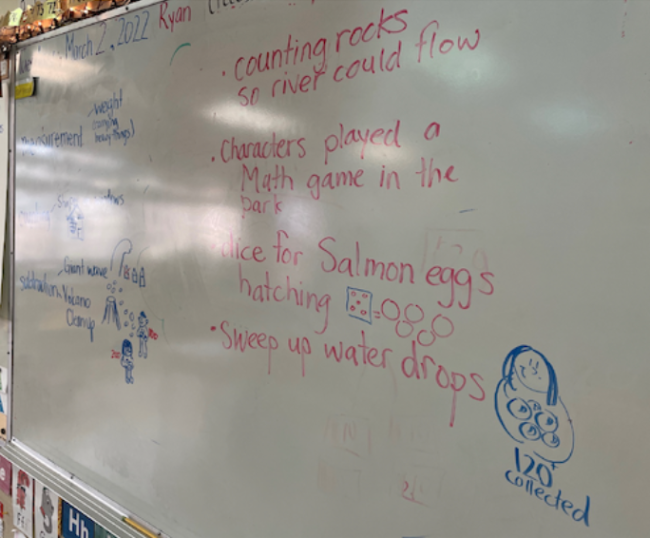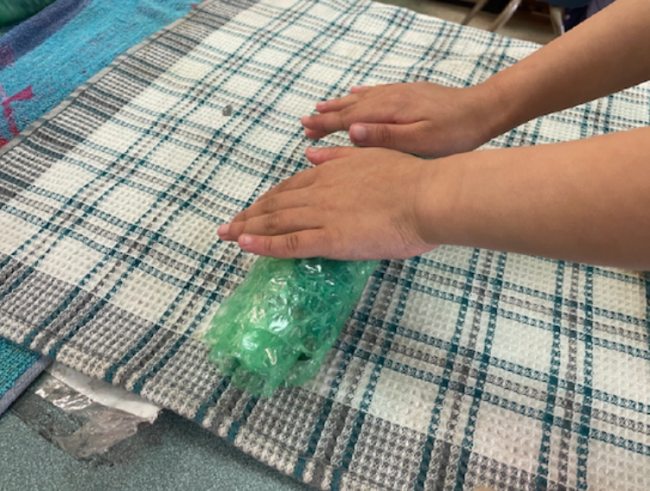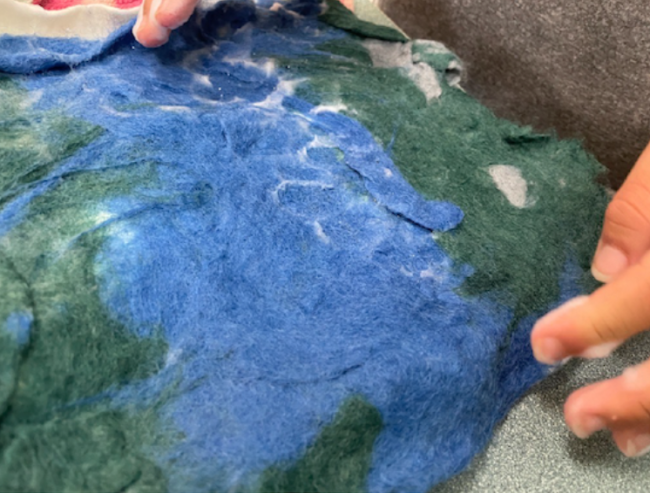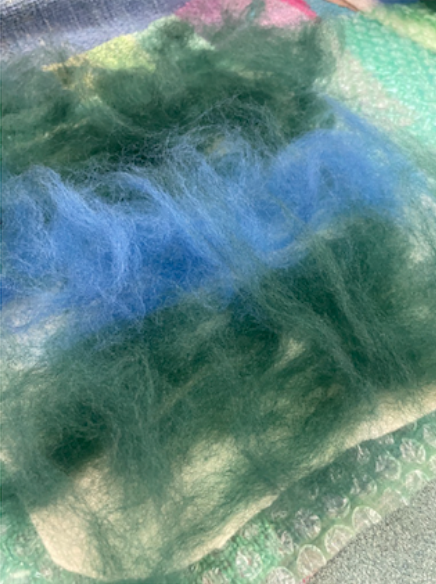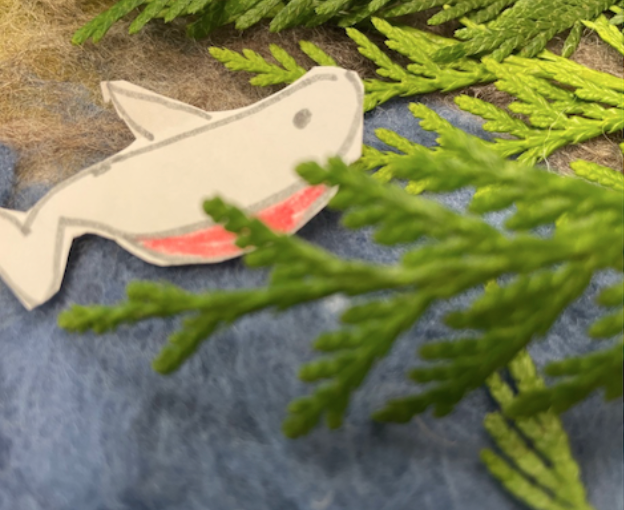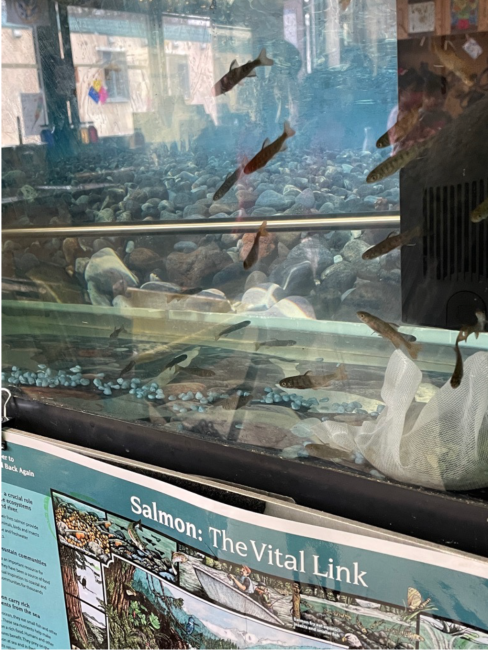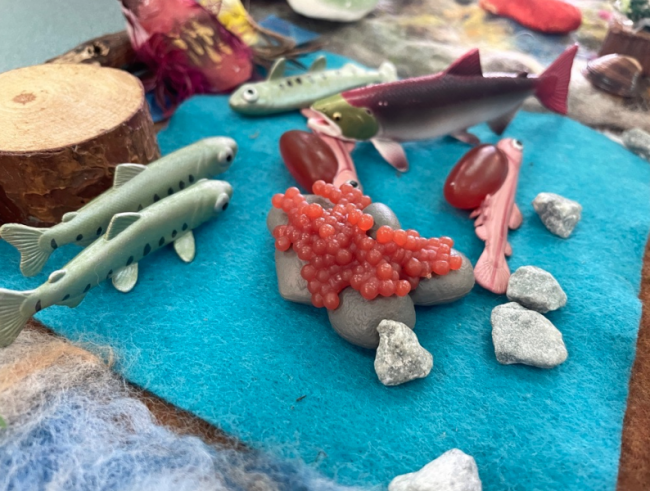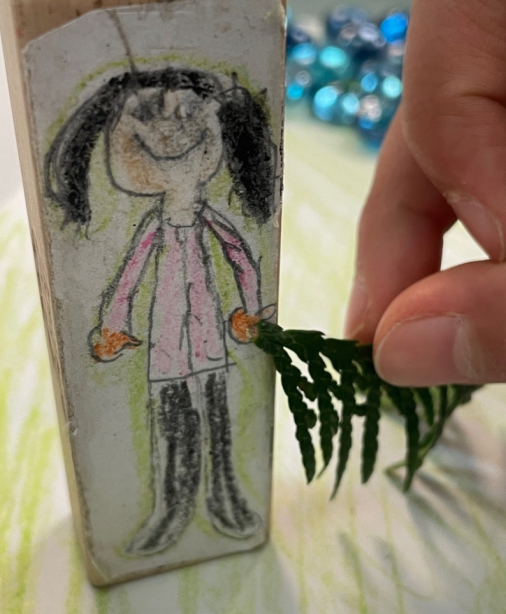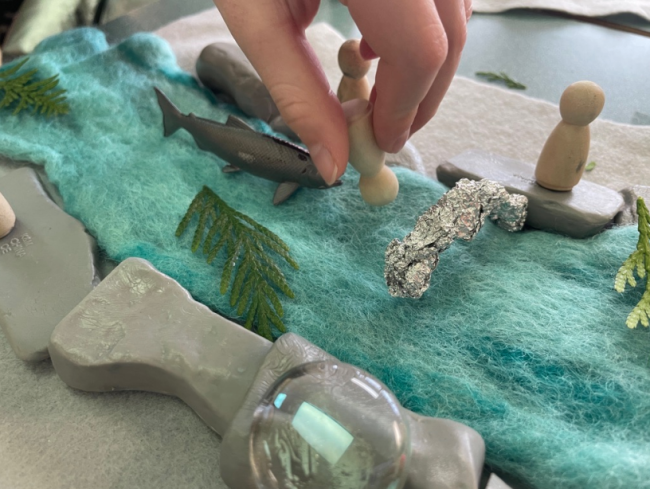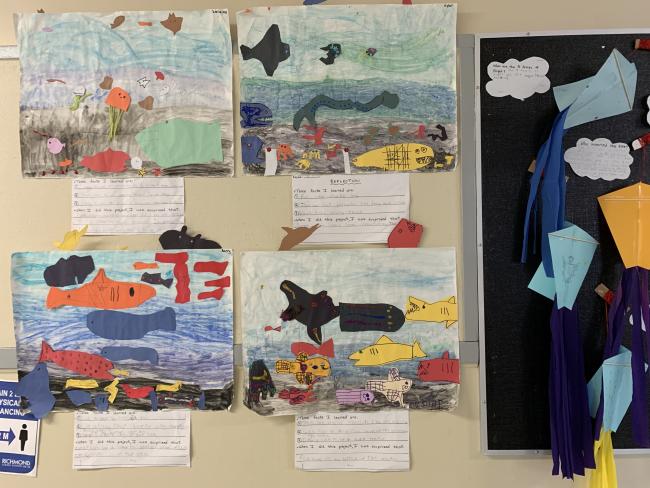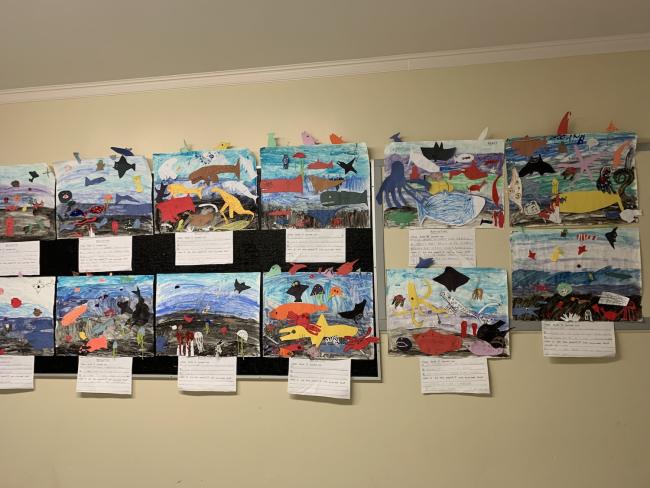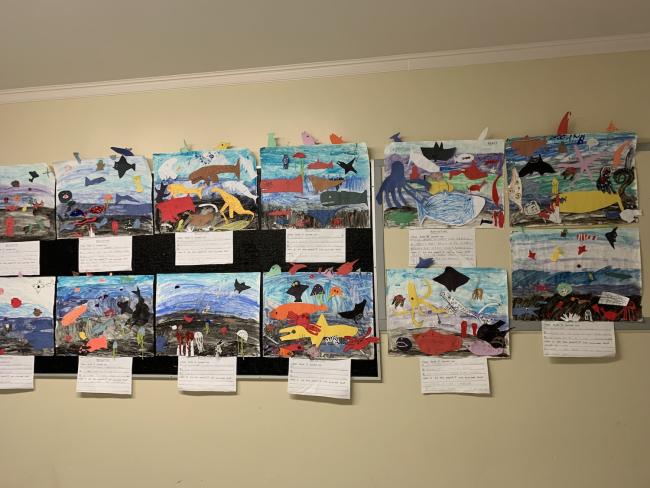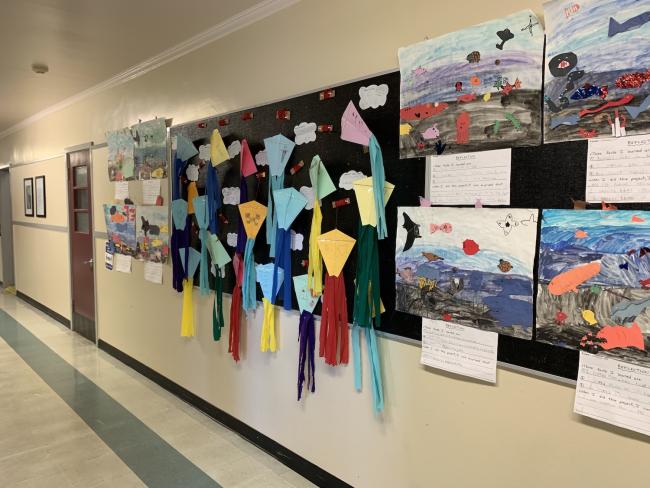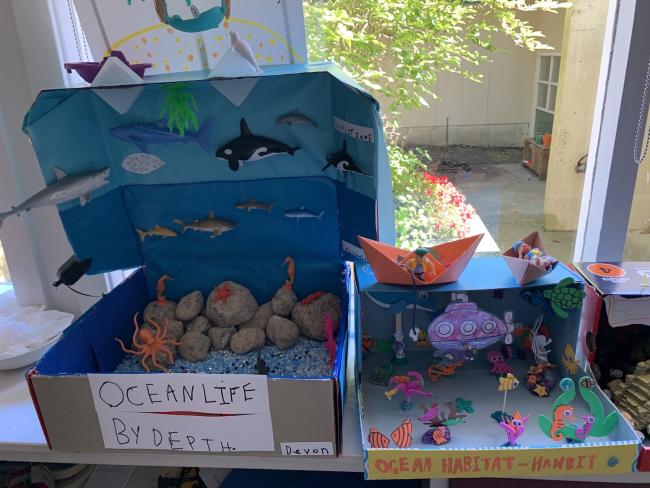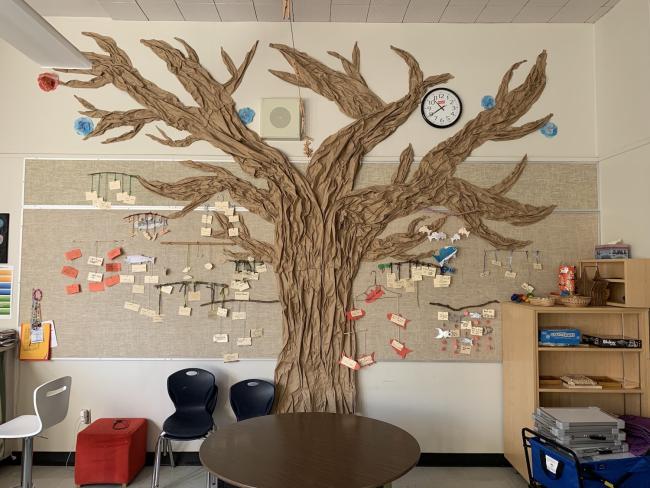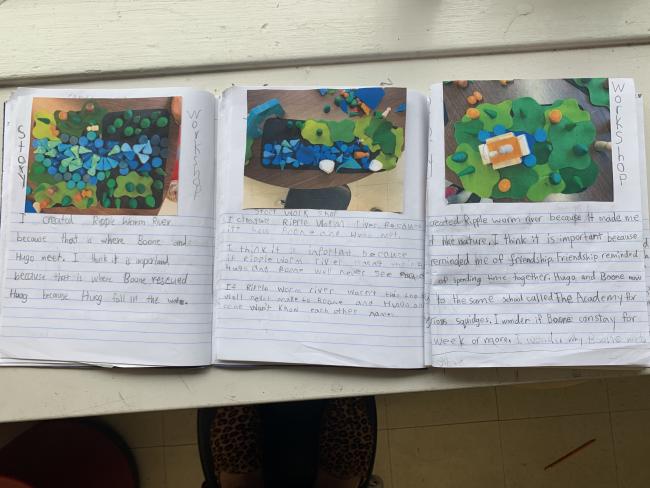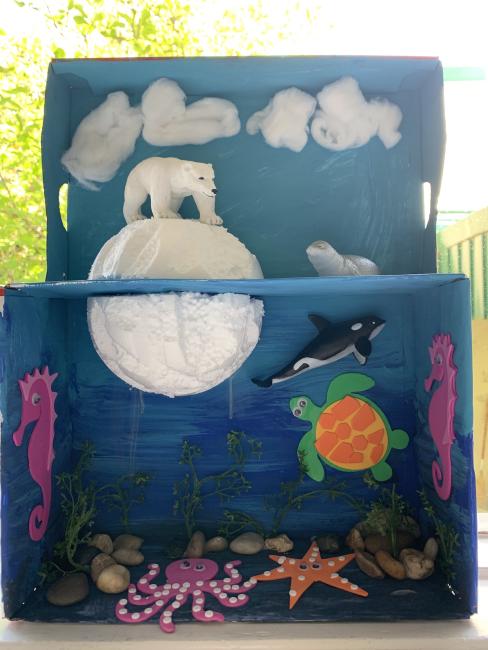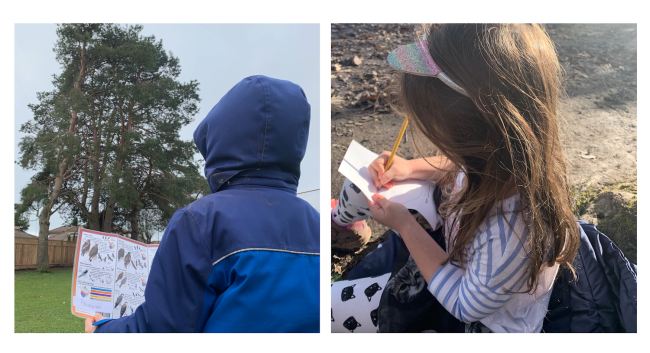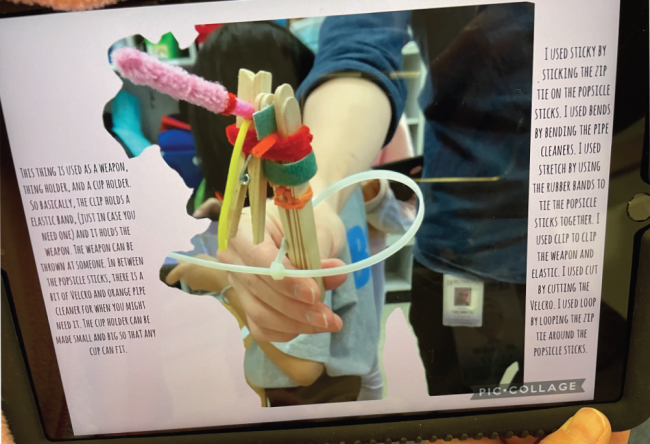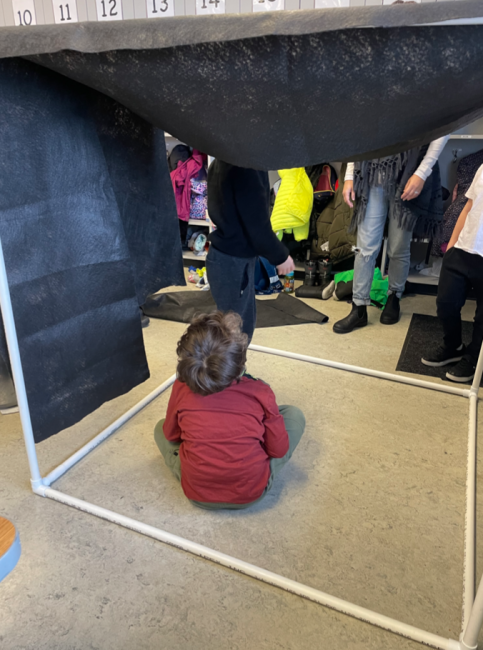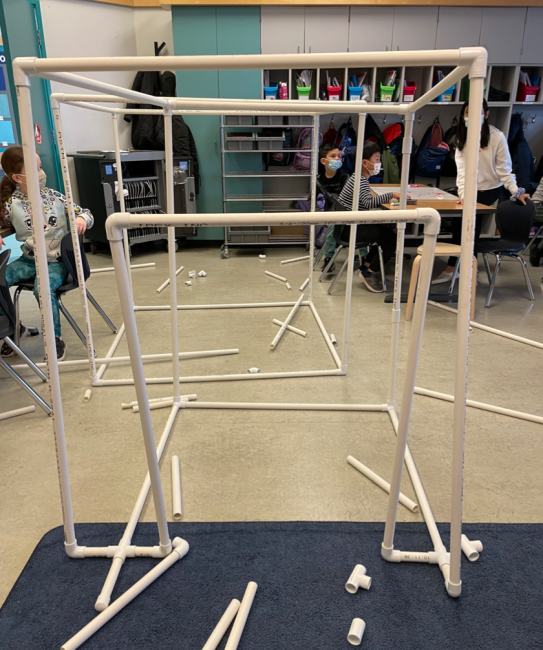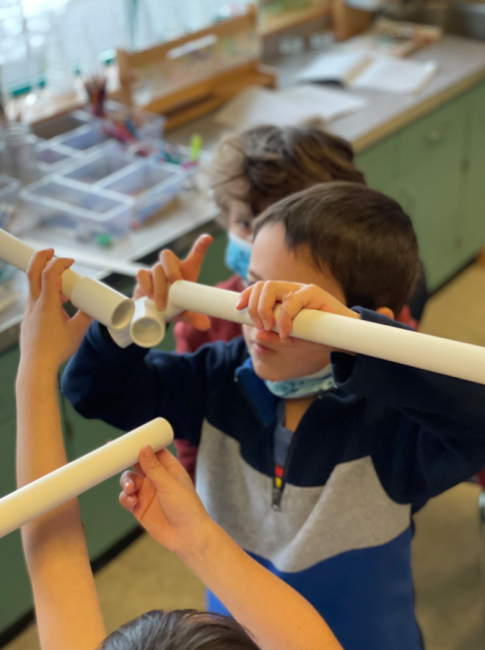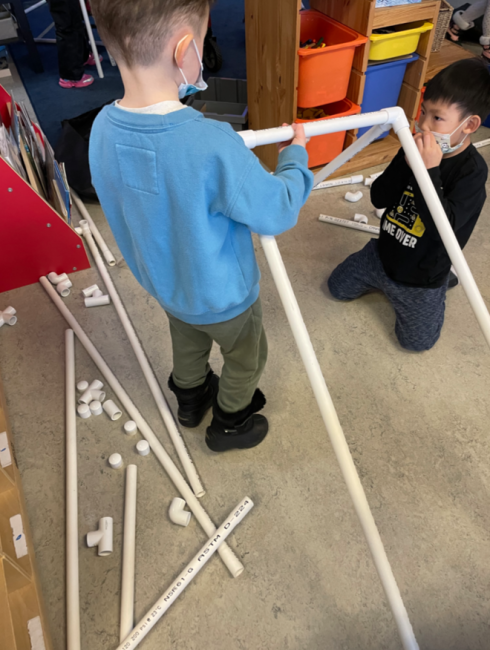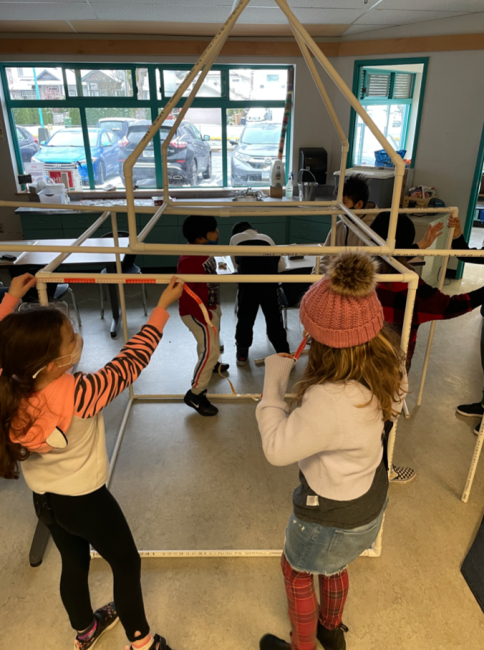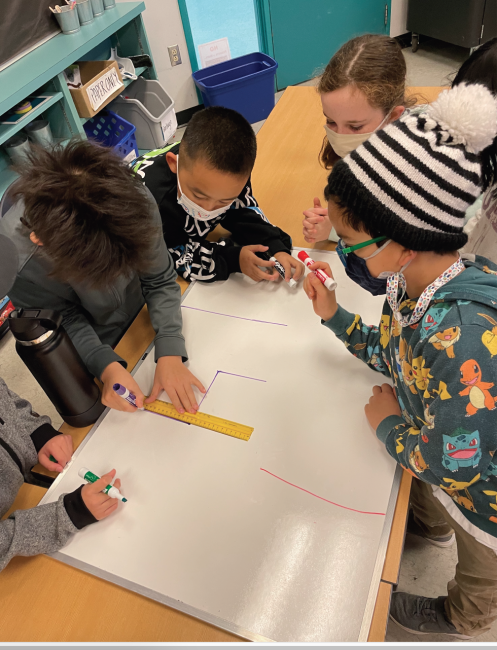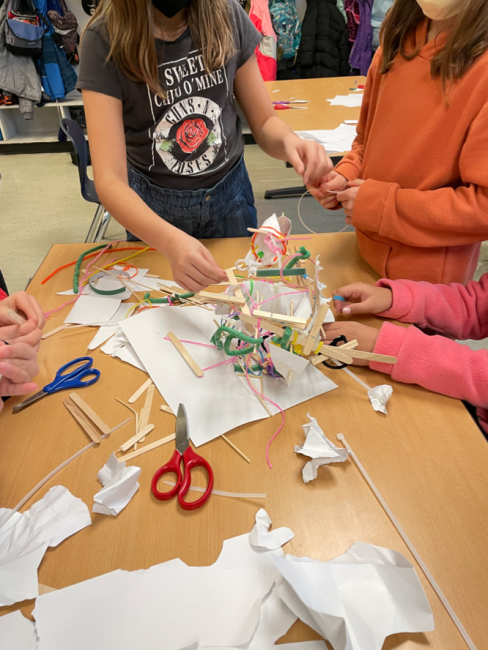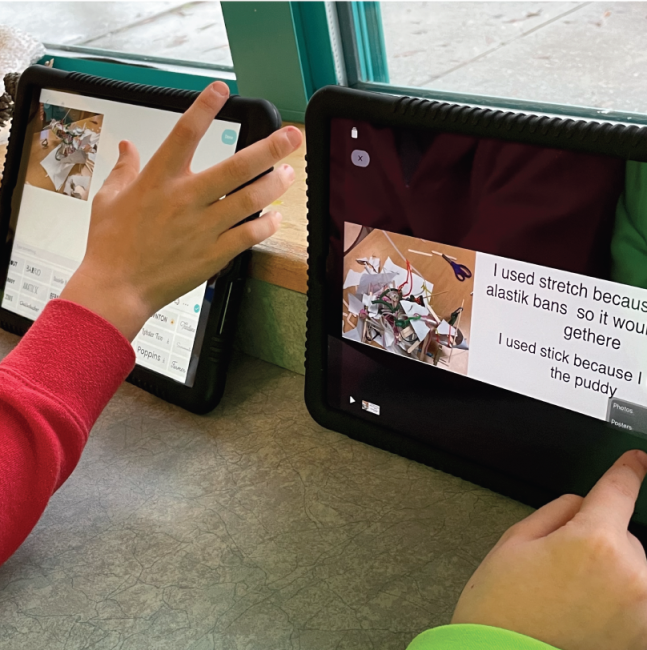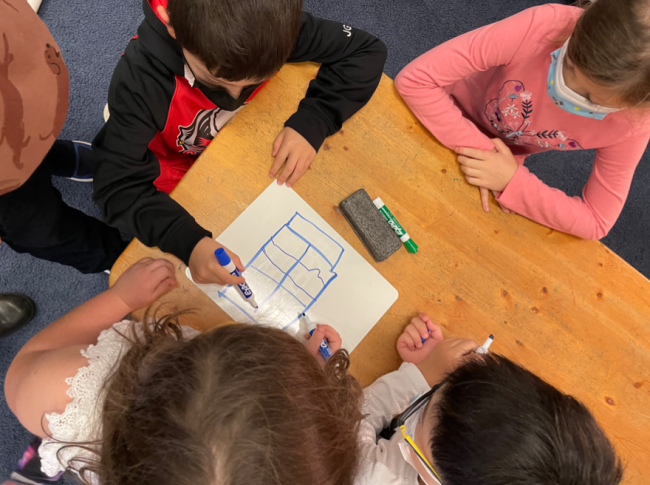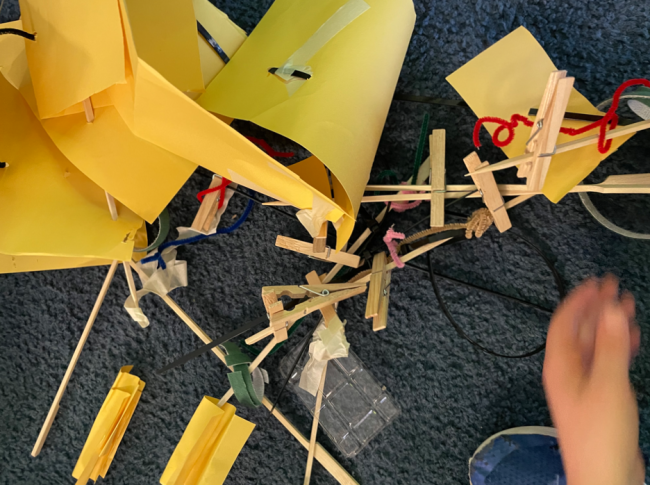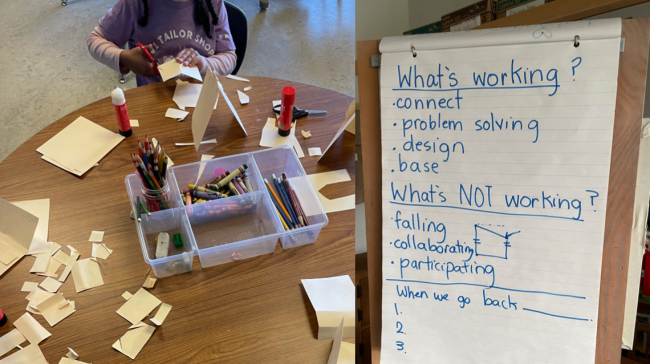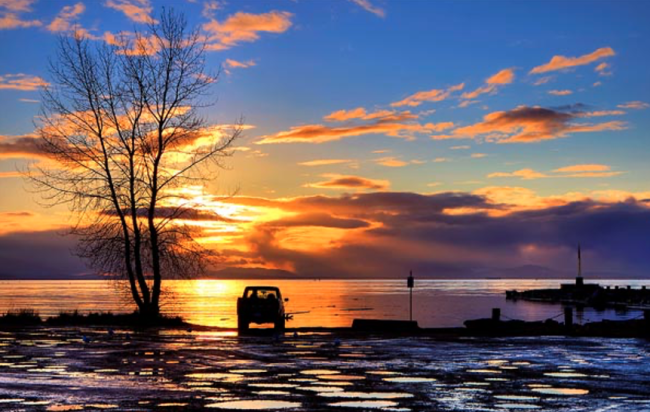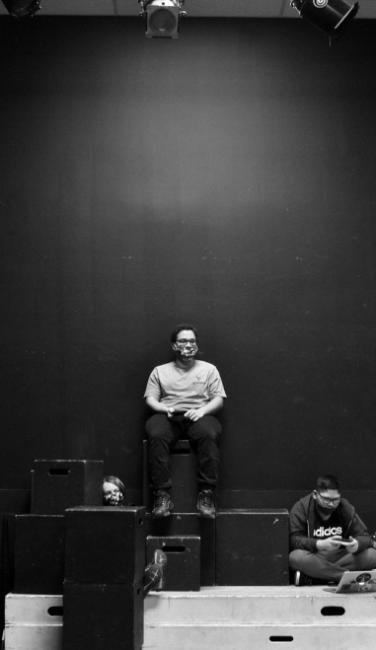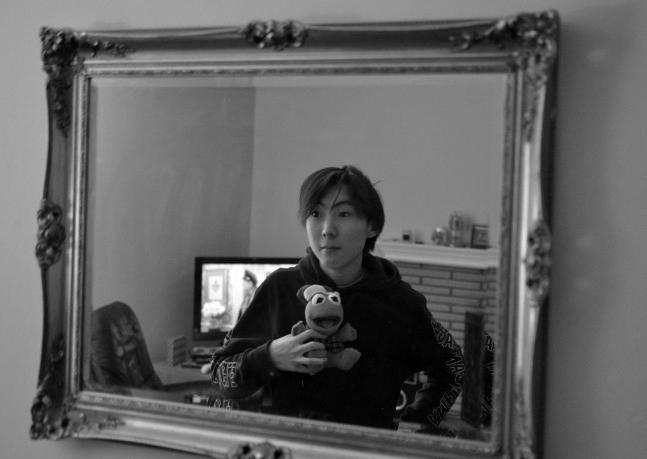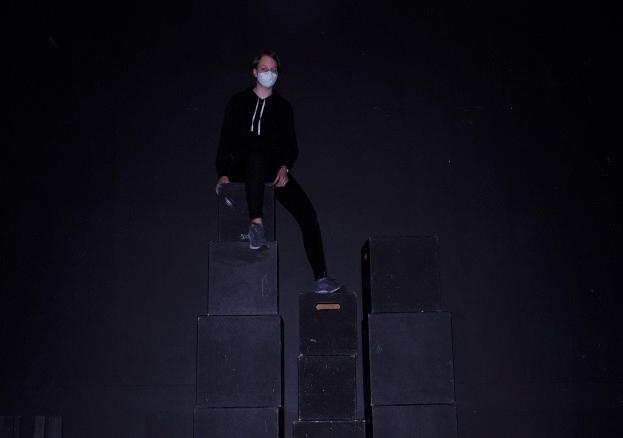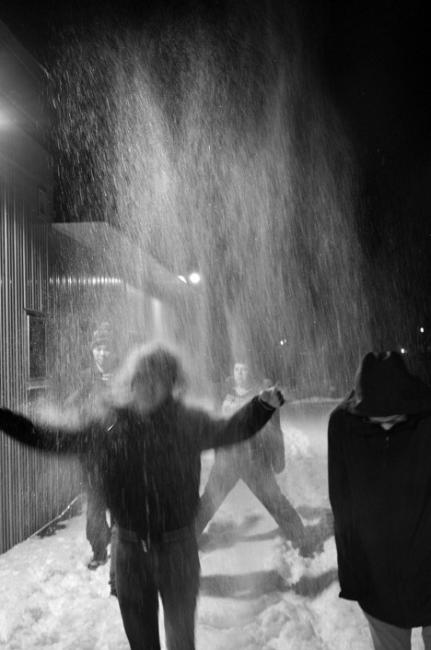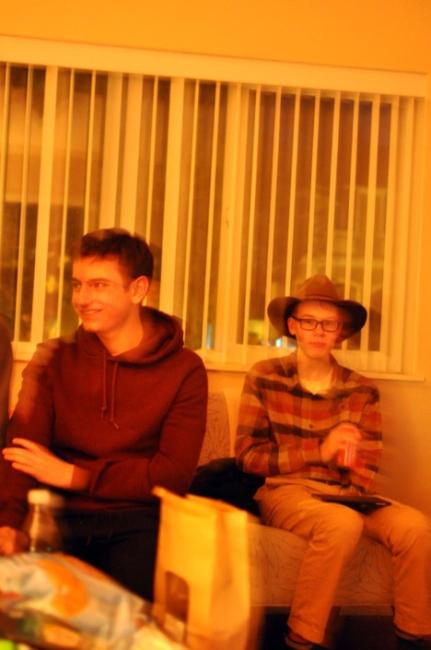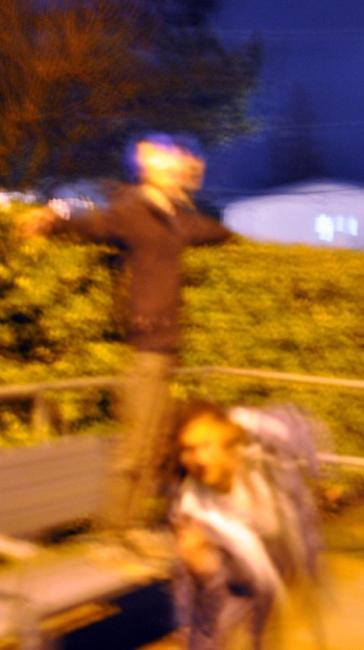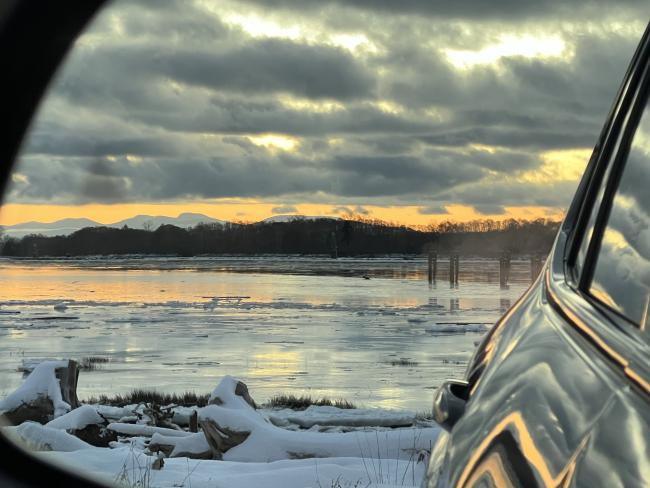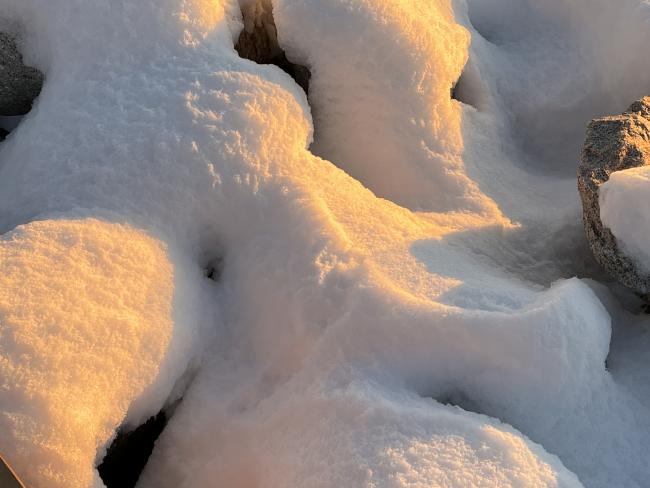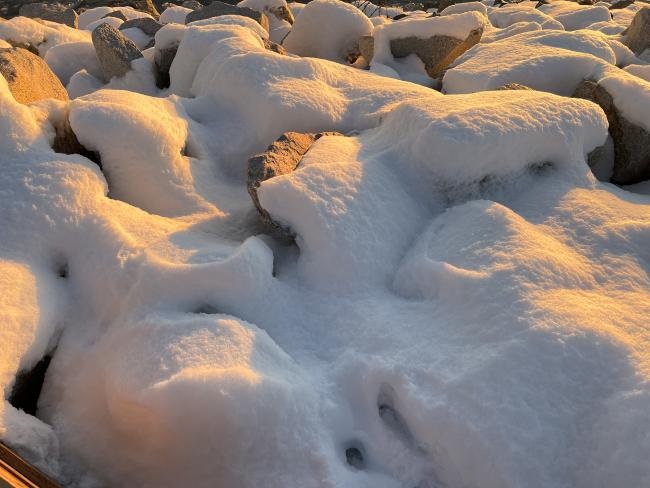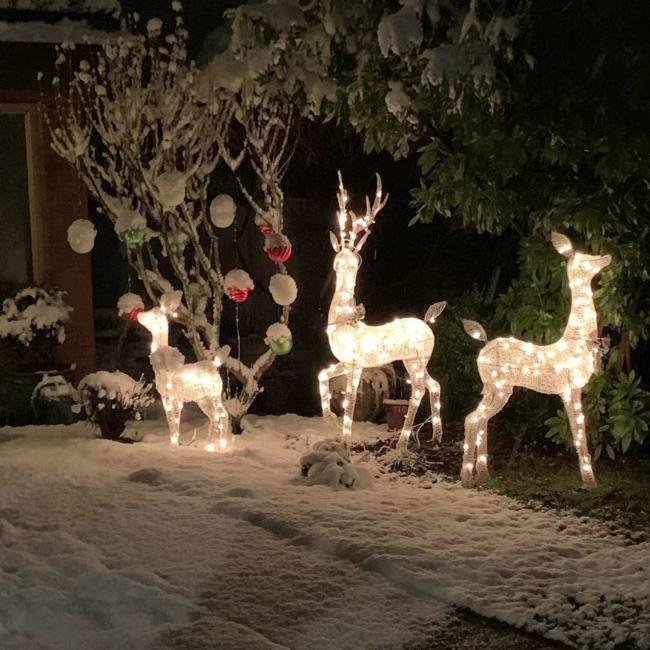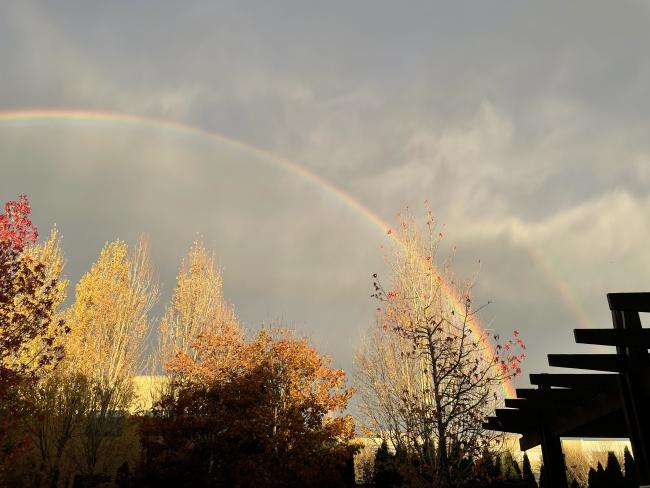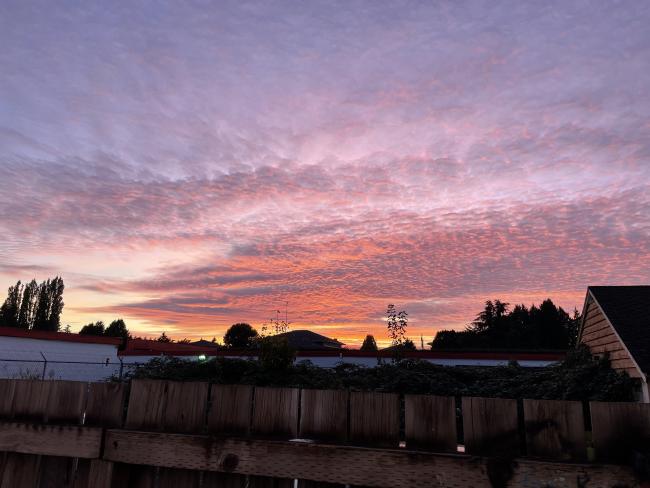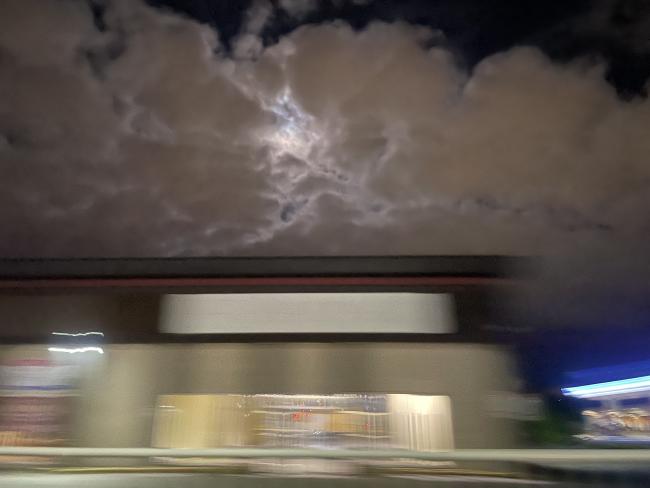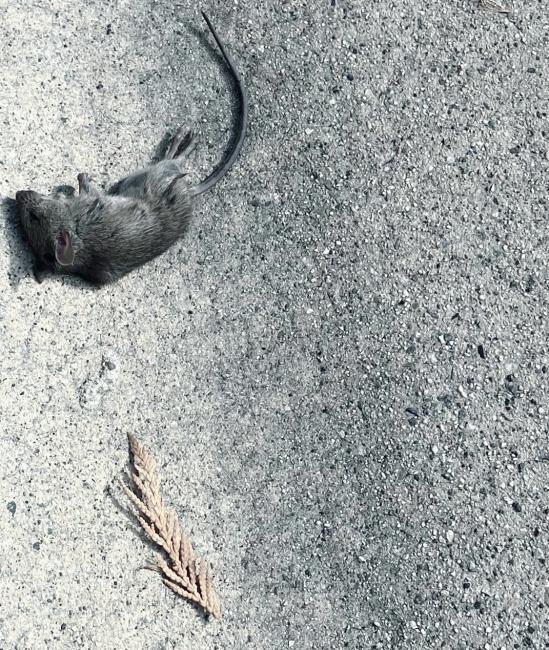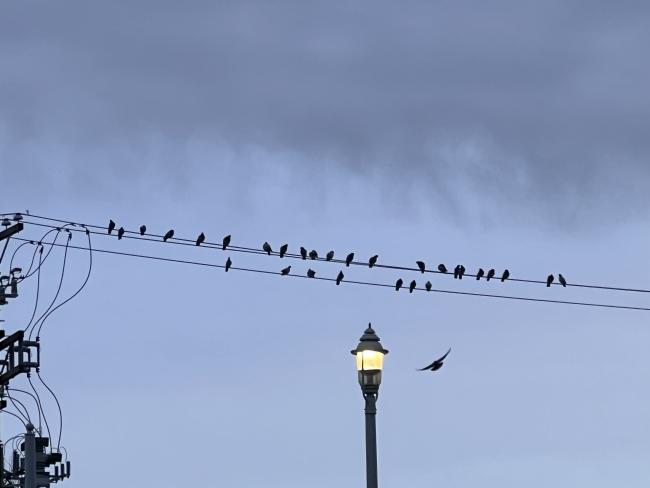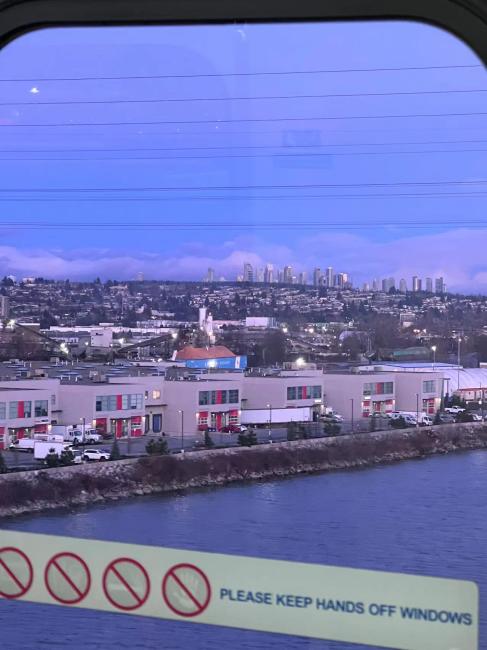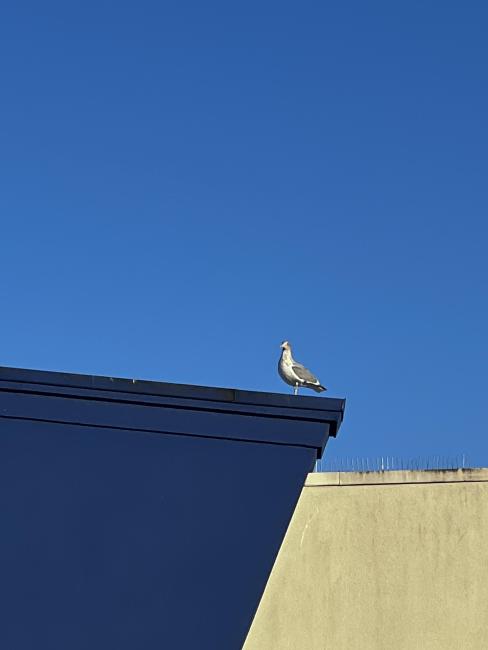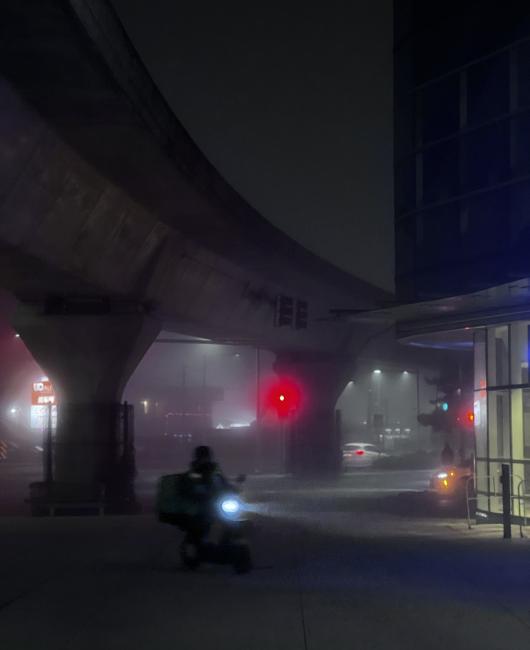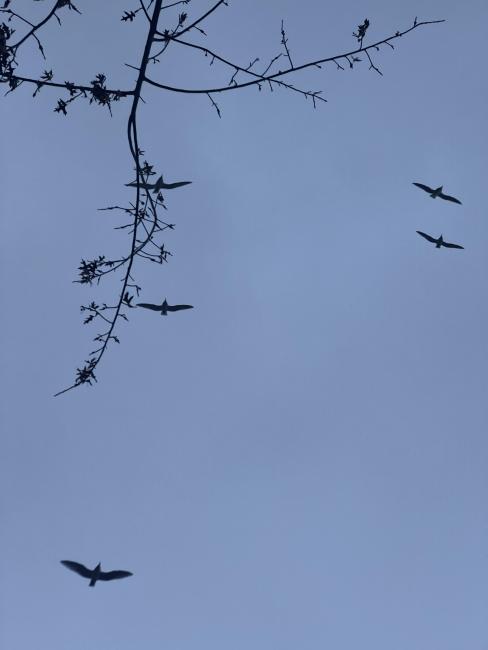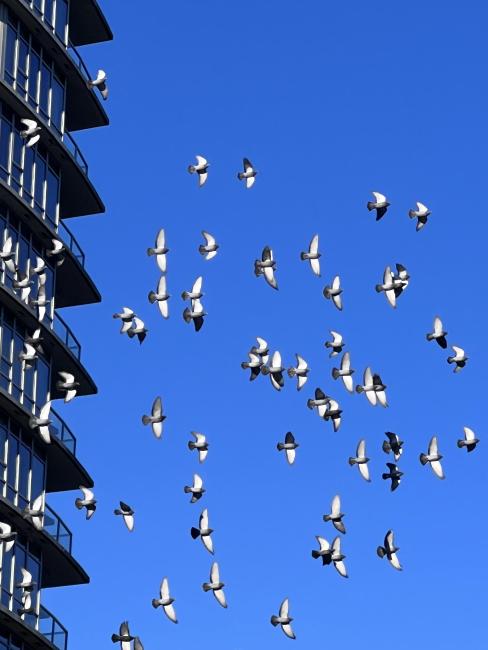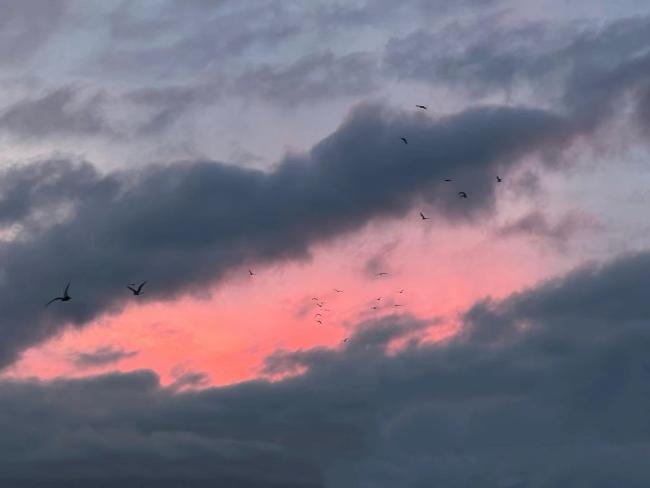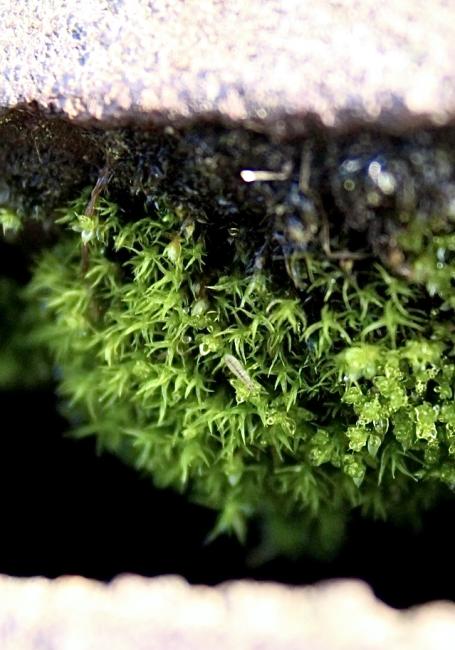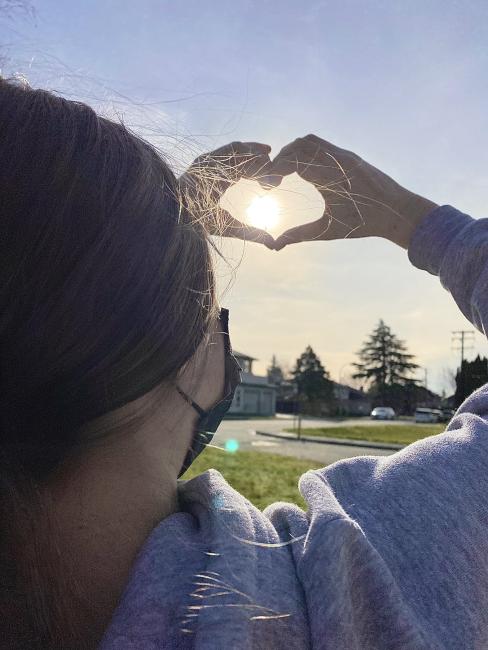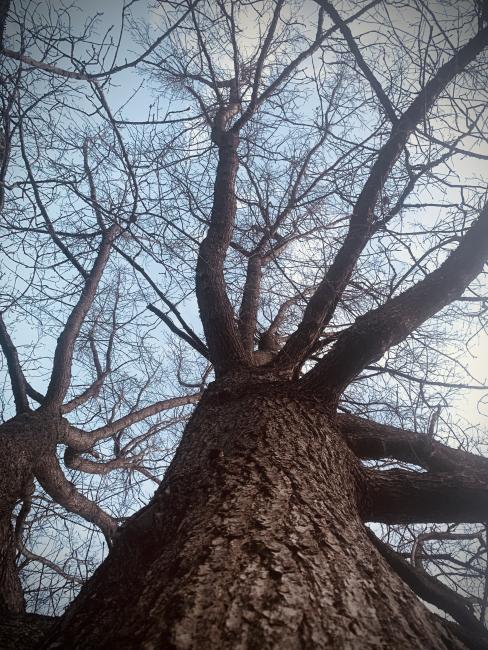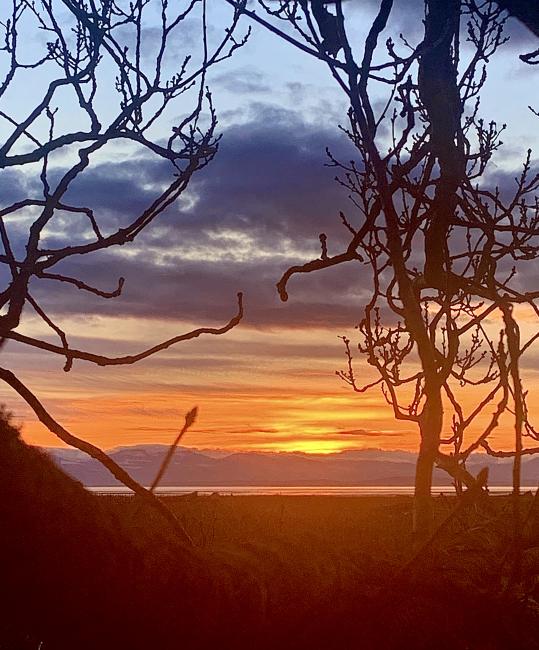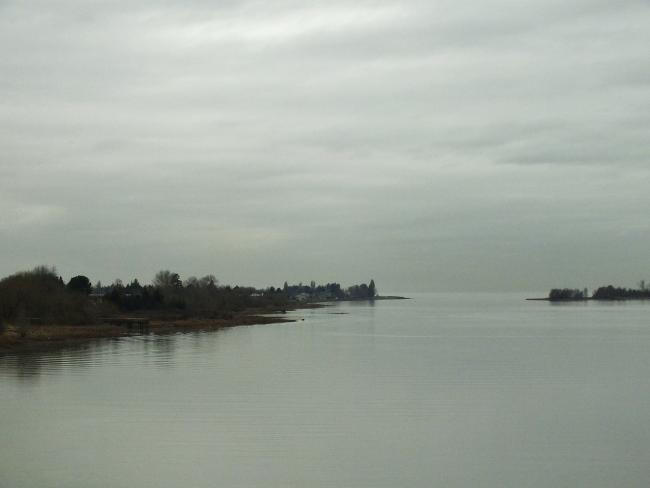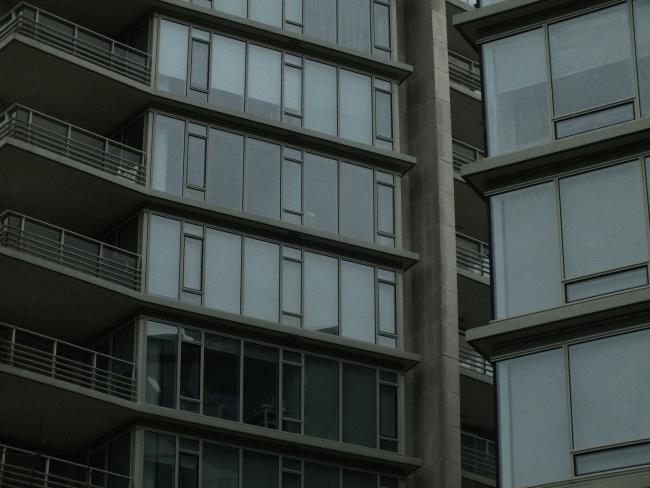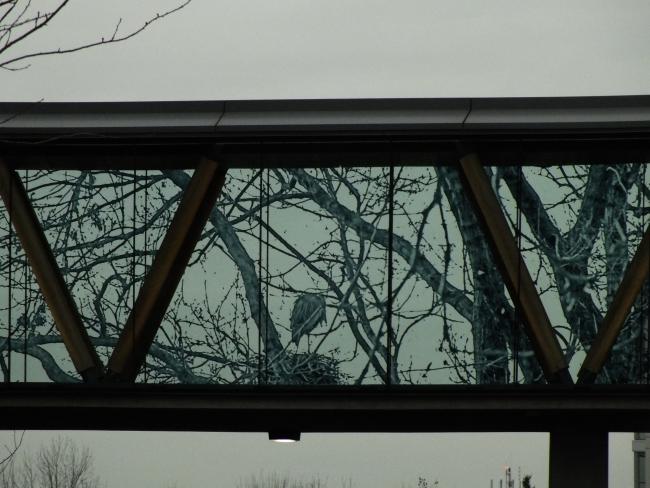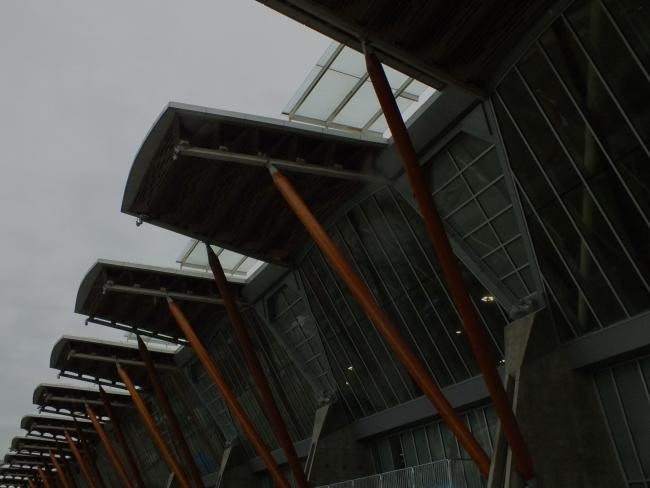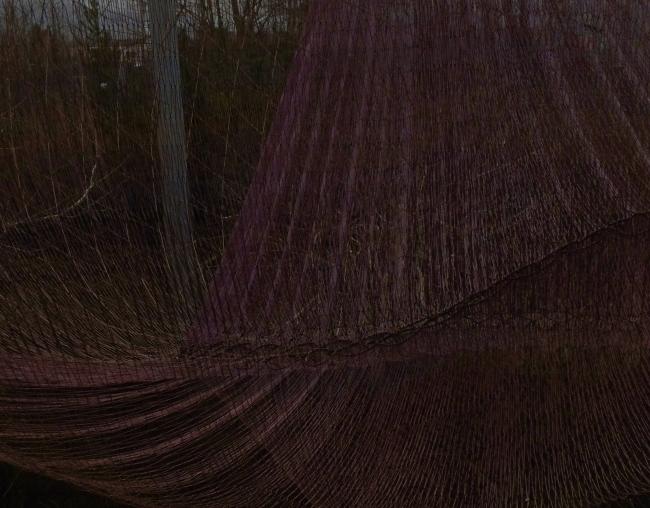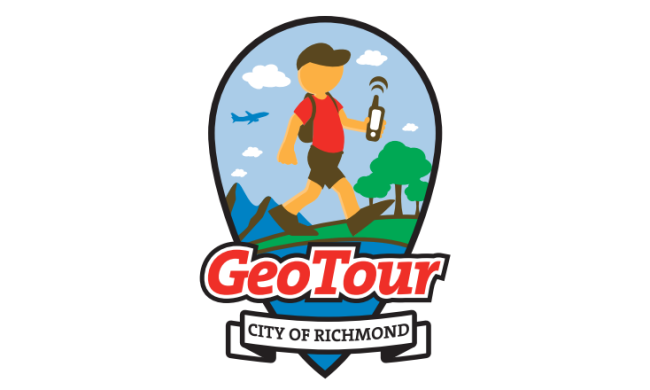Students at Spul'u'kwuks Elementary worked to deepen their sense of place through weekly nature walks to the dyke, inspiring story workshop activities, experiments, and art through the use of painting and weaving.
Connecting to Place
Monday includes examples of outdoor learning, sustainability, community, environmental and global citizenship, and interacting with the natural world in respectful and caring ways. Understanding the importance of our environment and actively growing relationship to place deepens our appreciation for all that this land offers. Students, with support and guidance from their teachers, develop awareness of and take responsibility for their social, physical and natural environments by working independently and collaboratively for the benefit of others, their communities and the environment. This is reflected in the Richmond School District’s Strategic Plan as learners have “more opportunities for learner involvement in activities that raise awareness and increase engagement in global citizenry and environmental stewardship.” (Strategic Plan Priority 1, Goal 1, Objective 5)
Connecting to the Mighty River
Applied Design, Skills, and Technologies Towards a Sustainable Future
Students at McNeely Elementary participated in a wind turbine project for applied design, skills, and technologies (ADST). Students identified the global energy need for renewable options such as wind, water and solar potential.
Show more…
Students designed and constructed wind turbines that powered a light during the transformation of mechanical to electrical energy. Students have integrated their ADST projects into an interdisciplinary project that includes variable testing in science, data collection and graphing in math. They will be competing at the Skills Canada Wind Turbine Competition to determine which design is capable of producing the greatest voltage.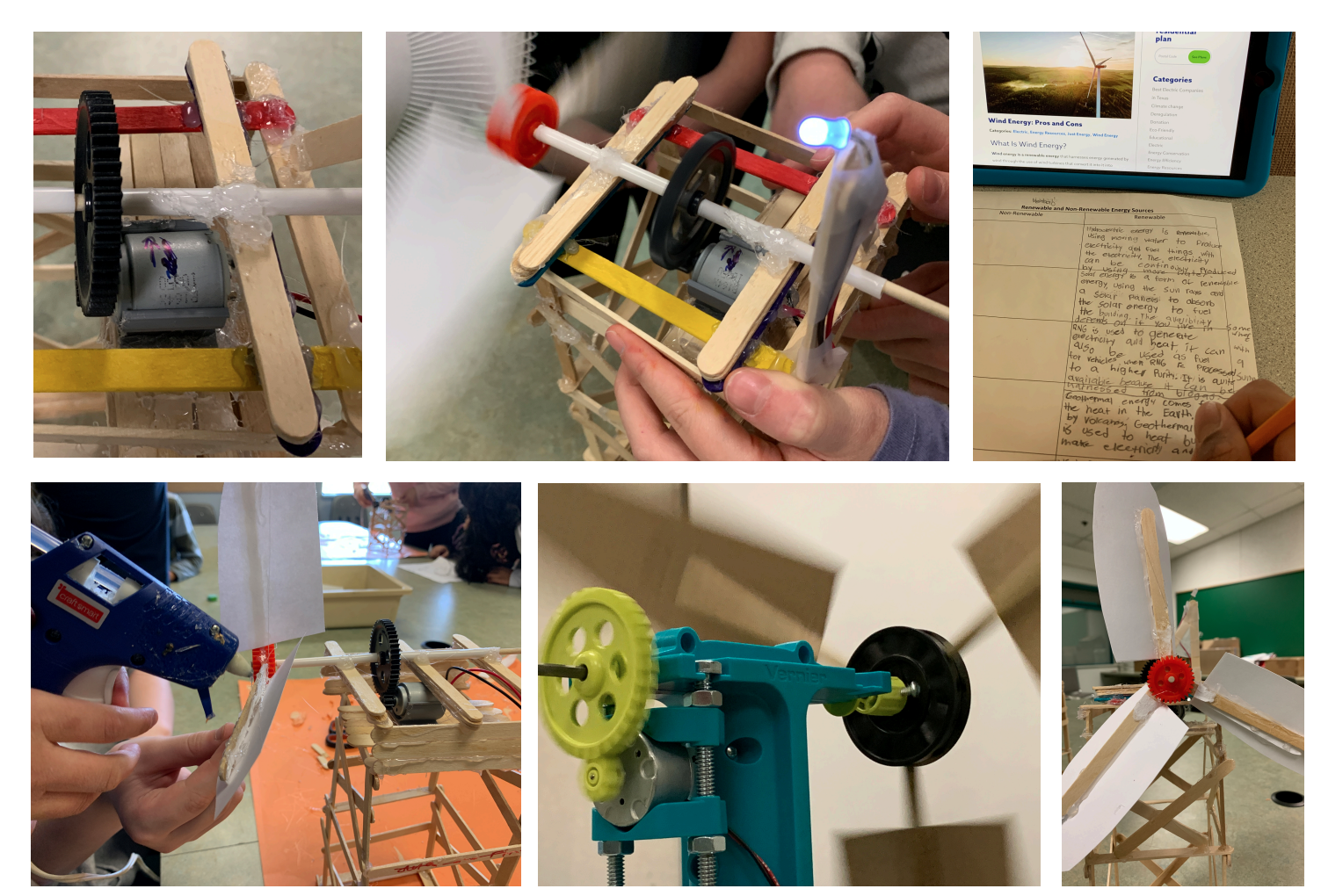
Gulf of Georgia Cannery Mural
Students at Bridge Elementary worked closely with one another to develop beautiful class murals. Each student was responsible for creating a small portion of the mural and utilized various problem-solving and math skills in the process. This is a 28-piece collage depicting the Gulf of Georgia Cannery, measuring 7 feet by 4 feet. It was completed collaboratively by students as part of a unit on Natural Resources in British Columbia.
Land Acknowledgements: Appreciating the Land on Which We Learn
Students at Hamilton Elementary explored the land on which their school is situated. Students used their senses to consider and appreciate this place. They created art that demonstrates their connection to this place, and their appreciation of the land.
Nature Walk with an Indigenous Herbalist Educator
An indigenous herbalist educator came to Burnett Secondary and showed science students some of the uses of plants by the first peoples of this area. Students learned how some plants were used for food, medicine, clothing or ceremonial purposes.
Learning in the Local Environment
Grade 2 and 3 students at Mitchell Elementary were learning about living and non-living things in the local environment. An inquiry question that inspired our nature walk outdoors was: “What do we notice and wonder about the interactions between living and non-living things around us?”
With their teachers, students explored the nearby Bath Slough area to seek and collect samples for a mini-ecosystem they would create and observe. Many aspects of the science curriculum were developed through these experiences including competencies such as observing, asking questions, interpreting the local environment, and expressing and reflecting on personal experiences with place.
Storytelling in Math
Students at Spul'u'kwuks Elementary created and shared stories as their teacher recorded the math that was emerging and being investigated. Many connections were also made to Core Competency development such as collaboration, communication, social responsibility and creative and critical thinking.
Show more…
What math was developed, practiced and investigated during the storytelling?
• Estimating
• Counting
• Adding
• Subtracting
• Sharing
• Grouping
• Measuring
As a follow-up to this learning experience, students planned and designed their own wet felted story mats, creating a local place-based setting for more math stories to come!
River Stories: What Math Lives Here?
Students at Spul'u'kwuks Elementary have been raising salmonids in their classroom and learning about the salmon’s habitat and life cycle. A district teacher consultant collaborated with the teacher and students to think about where math lives in stories and how stories can help us “act out” and think about mathematics in context. After listening to the consultant share the story of Lady Louse, students considered different types of story structures. Students were invited to create and develop their own stories while focusing on a problem or issue that could be explored through mathematics.
Salmon Inquiry
Students at Grauer Elementary engaged in a science inquiry on the various creatures that live at different depths of the ocean. They learned about ocean environments that have a lot of light, and about ocean environments that are in complete darkness. They then made their very own creatures that could thrive in those environments. They also created salmon mobiles with facts that they had gathered, and then hung these salmon mobiles on their class tree.
Sit Spot Moments
During outdoor learning time, students at Gilmore Elementary visit their Sit Spots: a place in nature they have chosen to visit over the course of the year. At their Sit Spots, students make observations and ask questions about what they can see, hear, smell or feel. They bring a nature journal and field guides to help them better understand our connection to plants, insects, animals and patterns they encounter. Over time they come to know the land and place in a new way.
Show more…
Zac noticed a bird that flew by as he visited his Sit Spot. He took out his field guide to try and identify the bird. He shared, “Madam, je vois un aigle!”
Robyn listened closely to the sounds around her at her Sit Spot. She carefully documented what she heard, based on the directions from which they came. Robyn was excited to share with her class that “Nature welcomes you to a shady forest because the birds sing you a welcome song.”
Designing and Building
Students from Byng Elementary explored collaboration and creativity through building shelters out of PVC pipe. In order to be successful students had to consider the connections they needed, the length of individual pipes and how they might construct something their groups could sit in.
Show more…
Play is an incredibly important tool in design. It teaches learners about affordances and working through iterations. To start considering the design process, students were invited to explore the affordances of various materials and how they might connect them to a variety of other materials.
Wrapping things up, the students reflected on what they did and how they used the materials. Students then used their digital literacy skills to demonstrate what they had learned.
Using their iPads, the students were invited to choose how they wanted to capture and document their learning. While reflecting on materials, and the design and building process, they were asked to consider how they used their core competencies.
Sister City Student Photo Exhibition
April 1 – 22, 2022
This photo exhibition is an initiative of the City of Richmond’s Sister City Program, which fosters mutual understanding and meaningful connections with other cities and cultures in the interest of our citizens for their common benefit.
Show more…
Through the Sister City Advisory Committee, Richmond City Council supports a number of visit and non-visit activities with Richmond’s Sister and Friendship Cities including Pierrefonds, Canada (1967); Wakayama, Japan (1973); Xiamen, China (2012) and Qingdao, China (2008). The Sister City Advisory Committee is a Council- appointed volunteer committee that has supported the Sister City Program since 1974.
This exhibition celebrates the 10th milestone anniversary with Xiamen, China. The featured photos are from students in Richmond and Xiamen, China. Thank you to all the students that shared photos celebrating our cities.
City of Richmond: Community Connections
GeoTour
The Richmond GeoTour is a series of 50 hidden geocaches in parks, on trails, and at community facilities. On quests, explore the Island city and discover Richmond's unique natural and cultural heritage. Find all caches in each of the series to receive a prize.
- Complete the "Geo-Quest" series of 30
- Complete the "Canada 150" series of 20
Click here to find our more information about geocaching in Richmond.
City of Richmond: Community Connections
Explore Steveston with the Big Red Scavenger Hunt
Join Big Red, the Irish Setter dog, on his quest to uncover Richmond’s history and mysteries by following clues to find the answers left by the Cannery Cat. This scavenger hunt takes 1.5 to 2 hours to complete and is entirely outdoors. No app required. Receive a free personalized link to log into a website using data or WiFi.
